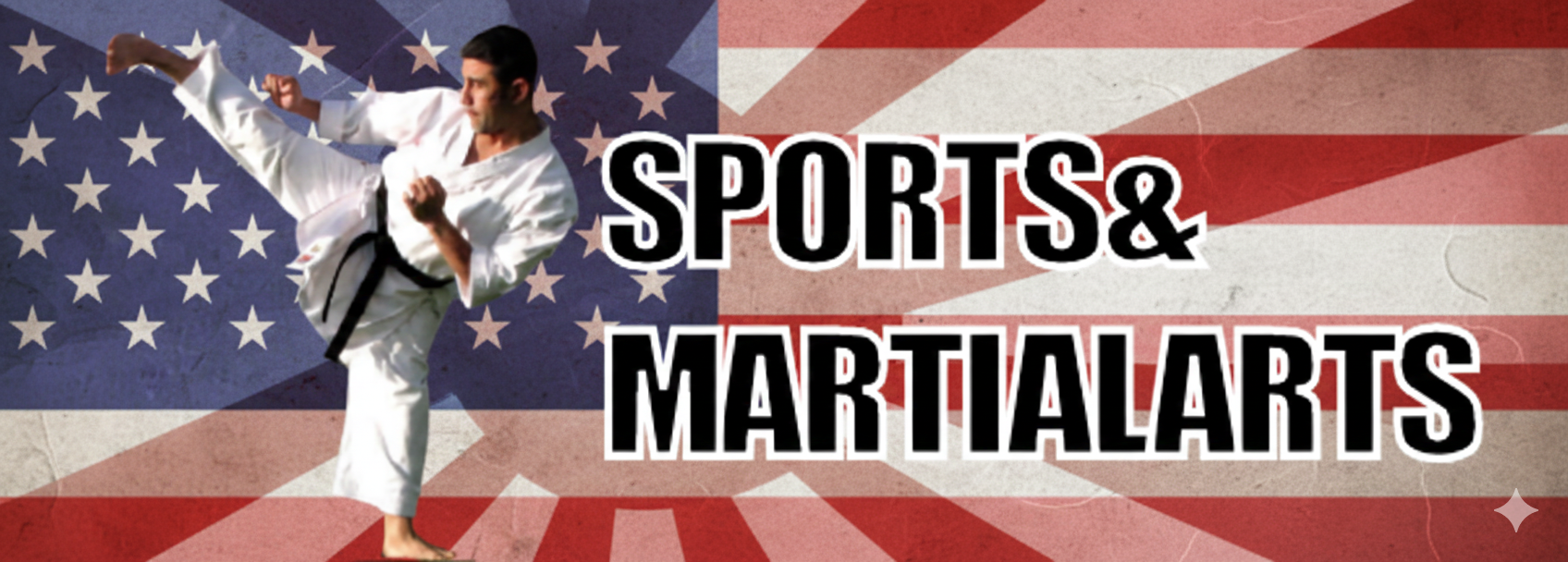Contents
- 1 The Horse Stance in Kenpo Karate
- 1.1 Understanding the Horse Stance in Kenpo Karate
- 1.2 Horse Stance Benefits
- 1.3 Importance in Building a Strong Foundation
- 1.4 Horse Stance for Training Purposes
- 1.5 Incorporating Techniques into the Horse Stance
- 1.6 Forms and Sequences
- 1.7 Mastering the Horse Stance in Kenpo Karate
- 1.8 Horse Stance Step-by-Step Guide
- 1.9 Kenpo Karate Techniques
- 1.10 Related
The Horse Stance in Kenpo Karate
As an experienced martial artist in Kenpo Karate, I understand the significance of the horse stance in developing a strong foundation for effective techniques and forms. In this article, I will delve deeper into the horse stance, providing a step-by-step guide on how to perform it correctly, and offer recommendations to enhance your practice. By following these guidelines and incorporating regular training, you can reap the benefits of improved stability, strength, balance, and body control in your Kenpo Karate journey.
Understanding the Horse Stance in Kenpo Karate

The horse stance serves as a fundamental component in Kenpo Karate, finding its place in various forms and sets within the program. While resembling the traditional horse stance found in other martial arts disciplines, the Kenpo Karate variation has distinct characteristics. In Kenpo Karate, the stance is less pronounced and performed at a normal height, level with the shoulders. The primary focus lies in maintaining a low center of gravity, sustaining good posture with a straight back, and flexing the knees.
Horse Stance Benefits
Stability and Strength: By adopting the horse stance, Kenpo Karate practitioners can develop greater stability and strength in their techniques. The lowered center of gravity and flexed knees create a solid base, allowing for more powerful strikes, blocks, and combinations.
Balance and Body Control: Regular practice of the horse stance enhances your balance and overall body control. As you train to maintain the stance while executing techniques, you build muscle memory, proprioception, and coordination, improving your ability to stay grounded and controlled during combat situations.
Importance in Building a Strong Foundation

This stance is a crucial element for establishing a robust foundation in Kenpo Karate. It serves as a starting point for beginners to grasp essential concepts of proper alignment, weight distribution, and stability. By dedicating time and effort to perfecting this stance, you lay the groundwork for mastering more advanced techniques and forms.
Horse Stance for Training Purposes
In Kenpo Karate classes, the horse stance is frequently employed as a training position to reinforce students’ stances while simultaneously practicing punches, strikes, and blocks. Integrating these techniques within the horse stance allows students to enhance their stability and balance while honing both their offensive and defensive skills.
Incorporating Techniques into the Horse Stance

To effectively train in this stance, it is essential to integrate various techniques. By doing so, you can improve your coordination, timing, and control while maintaining stability. Here are some examples of techniques that can be practiced in the horse stance:
- Punches: Execute punches with proper form and focus on generating power from the lower body by utilizing the stance’s stability and leg drive.
- Strikes: Practice strikes such as palm strikes, ridge hands, and knife hands, focusing on accuracy, speed, and the generation of power through proper weight distribution.
- Blocks: Perform blocks, including high blocks, low blocks, and middle blocks, emphasizing proper alignment, positioning, and the ability to absorb and redirect force.
Forms and Sequences
The horse stance is commonly featured in forms and sequences within Kenpo Karate. Forms, also known as katas, are choreographed patterns of movements that simulate combat situations. These forms allow practitioners to practice techniques, footwork, and transitions in a structured manner.
- Form Execution: When performing a form in the horse stance, pay attention to maintaining the stance’s stability throughout the entire sequence. Focus on executing each movement with precision, maintaining proper alignment, and generating power from the lower body.
- Transitions: Transitions between different stances within a form provide an opportunity to practice weight shifting, balance control, and maintaining stability. Smooth transitions ensure that techniques flow seamlessly and effectively.
Mastering the Horse Stance in Kenpo Karate

To perform this stance correctly and maximize its benefits, follow these step-by-step instructions:
Horse Stance Step-by-Step Guide
- Begin in an Attention Stance: Stand upright with your feet together and your hands at your sides.
- Take a Step to Your Left: Step to your left, maintaining a shoulder-width distance between your feet. This width provides a solid foundation while allowing for mobility.
- Bend Your Knees: As you step to the left, bend your knees, lowering your center of gravity. Ensure your knees align with your toes, and avoid extending your knees past your toes to prevent strain.
- Maintain Proper Posture: Keep your back straight, maintaining an upright position. This posture promotes proper alignment and balance.
- Gaze Forward: Look straight ahead, focusing on your opponent or target. Directing your gaze helps maintain concentration and awareness during combat scenarios.
- Position Your Hands: Adopt a chamber position with your hands. Place your left hand covering your right fist or vice versa. This hand position allows for quick and efficient execution of techniques.
Kenpo Karate Techniques
- Kenpo Karate Self Defense Techniques
- Kenpo Karate Stances
- Kenpo Karate Strikes
- Kenpo Karate Blocks
- Kenpo Karate Punches
- Kenpo Karate Kicks
- Kenpo Karate Foot Maneuvers
- Kenpo Karate Parries
- Kenpo Karate Finger Techniques
- Kenpo Karate Sets
- Kenpo Karate Forms
Follow our Social Media!









